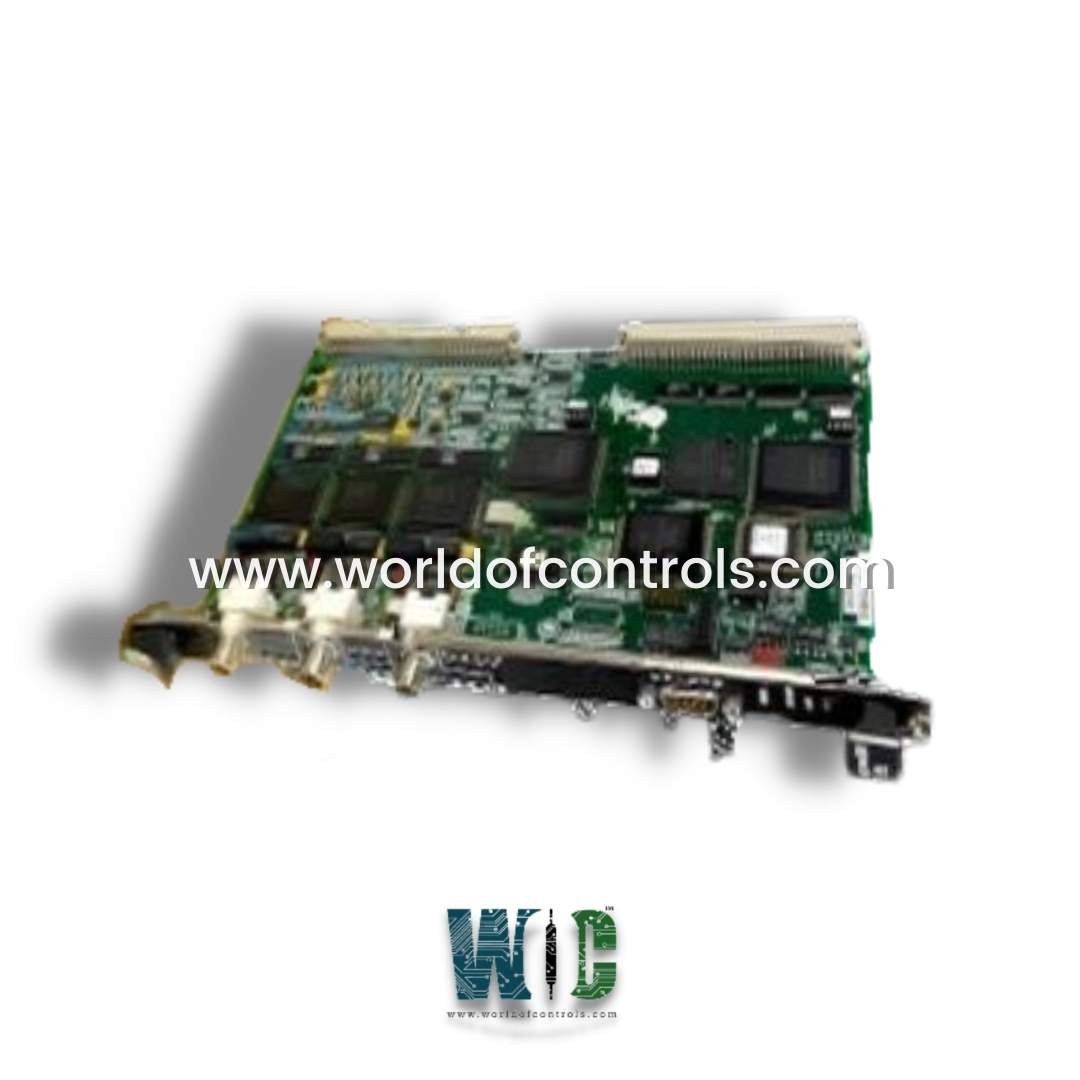
World Of Controls understands the criticality of your requirement and works towards reducing the lead time as much as possible.
IS200VCMIH2CAA - VME Bus Master Communication Controller Board is available in stock which ships the same day.
IS200VCMIH2CAA - VME Bus Master Communication Controller Board comes in UNUSED as well as REBUILT condition.
To avail our best deals for IS200VCMIH2CAA - VME Bus Master Communication Controller Board, contact us and we will get back to you within 24 hours.
SPECIFICATIONS:
Part Number: IS200VCMIH2CAA
Manufacturer: General Electric
Series: Mark VI
Product Type: VME Bus Master Communication Controller Board
Operating System: QNX
Power Requirements: +5 V dc, 6 A
Number of input channels: 24
Processor: TMS320C32 32-bit
Number of relay channels: 12
Trip Solenoid Rating: 125 V dc
Power supply voltage: 28 V dc
Dual-Port Memory: 32 Kbytes
Voltage Range: 18 - 32 VDC
Mounting: DIN-rail mounting
Technology: Surface mount
Operating temperature: 40 to 70°C
Size: 168 x 150 x 55 mm
Repair: 3-7 Day
Availability: In Stock
Country of Origin: United States
Manual: GEH-6421M
FUNCTIONAL DESCRIPTION:
IS200VCMIH2CAA is a VME Bus Master Communication Controller Board manufactured and designed by General Electric as part of the Mark VI Series used in GE Speedtronic Gas Turbine Control Systems. The VCMI serves as the communication link between the controller and I/O boards, as well as the interface to the IONet, the system control network. Acting as the VME bus master within both control and I/O racks, the VCMI oversees the identification of all boards in the rack, including their terminal boards. The diagram depicts three simple system setups that incorporate both local and remote I/O connected via the VCMI. Several I/O racks can connect to the IONet, each equipped with its own VCMI board. For applications that need high-speed data transfer with minimal latency, the VCMI provides a second IONet port, which can be utilized as a parallel IONet channel, as illustrated in the lower section of the diagram. In the first example, a compact system is presented in which all I/O is housed within the VME control rack, eliminating the need for remote I/O racks. Each channel (R, S, T) operates with its dedicated IONet, and the VCMI is equipped with three IONet ports.
FUNCTIONS:
WOC has the largest stock of OEM replacement parts for GE Speedtronic Turbine Control Systems. We can also repair your faulty boards and supply unused and rebuilt boards backed up with a warranty. Our team of experts is available round the clock to support your OEM needs. Our team of experts at WOC is happy to assist you with any of your automation requirements. For pricing and availability on parts and repairs, kindly contact our team by phone or email.
How does the VME Bus Master handle communication between the controller and I/O boards?
The VME Bus Master serves as the bridge for data transfer between the controller and I/O boards. It manages data packets, routes information to appropriate boards, and ensures that commands from the controller reach the I/O devices efficiently and accurately.
What is the function of the second IONet port on the VME Bus Master?
The secondary IONet port allows for parallel communication, which increases data throughput and reduces latency. It is often used as a redundant communication pathway, ensuring high availability in critical applications by maintaining network reliability if the primary IONet channel fails.
How does the VME Bus Master handle board identification and addressing?
The VME Bus Master assigns unique addresses to each board in the rack, creating a structured address map that enables targeted communication. It also manages identification for terminal boards associated with I/O boards, ensuring correct configuration and data flow.